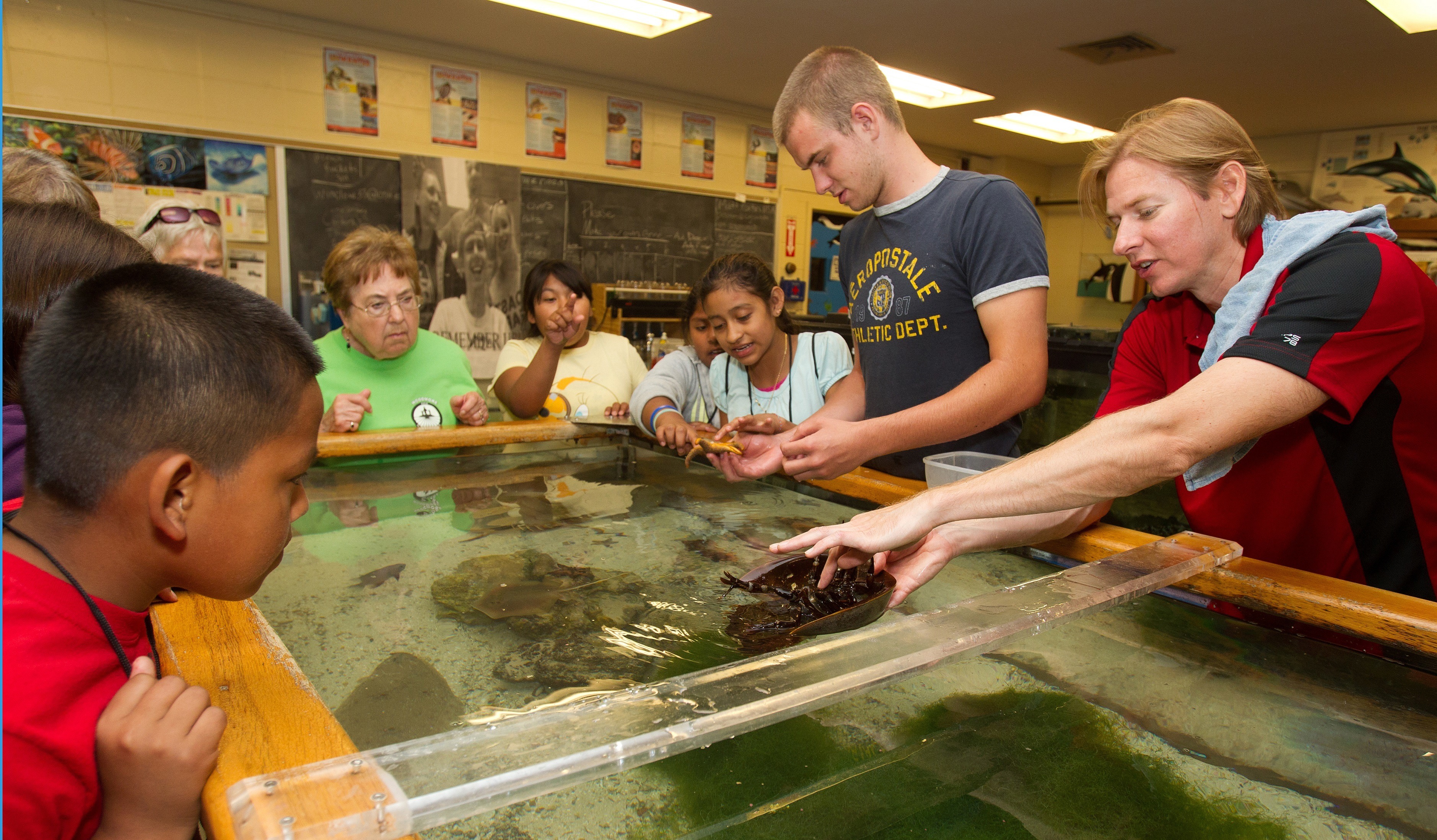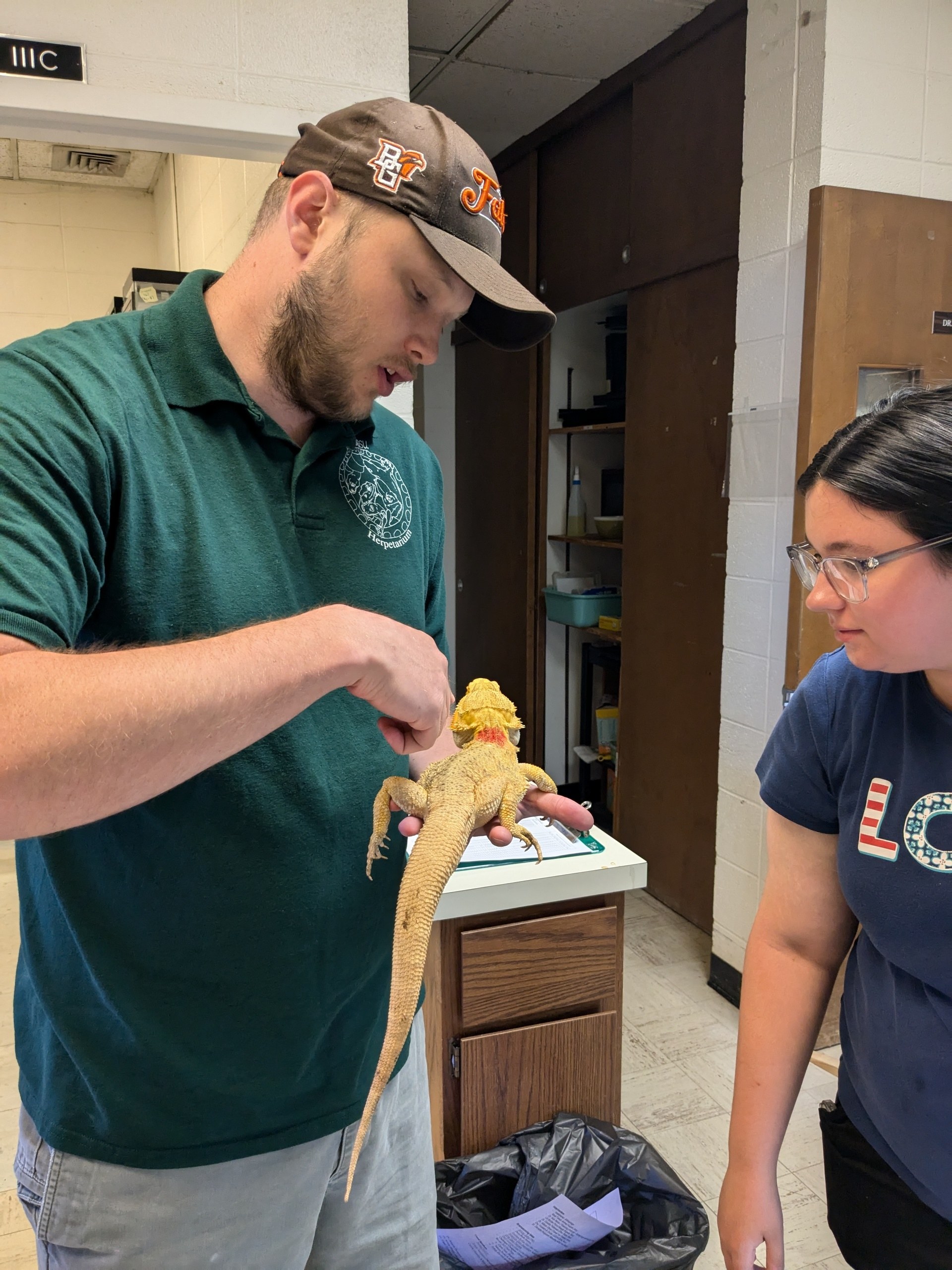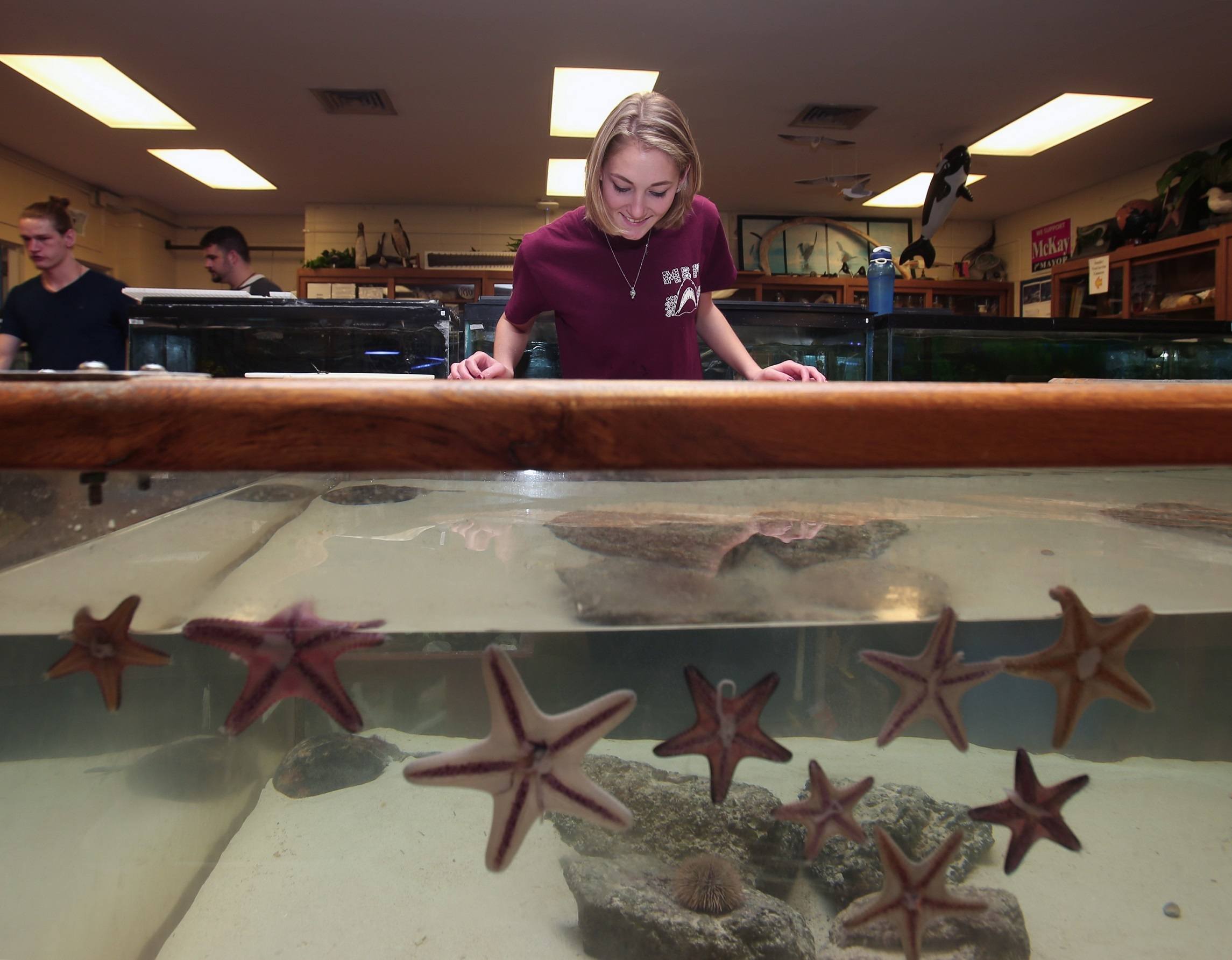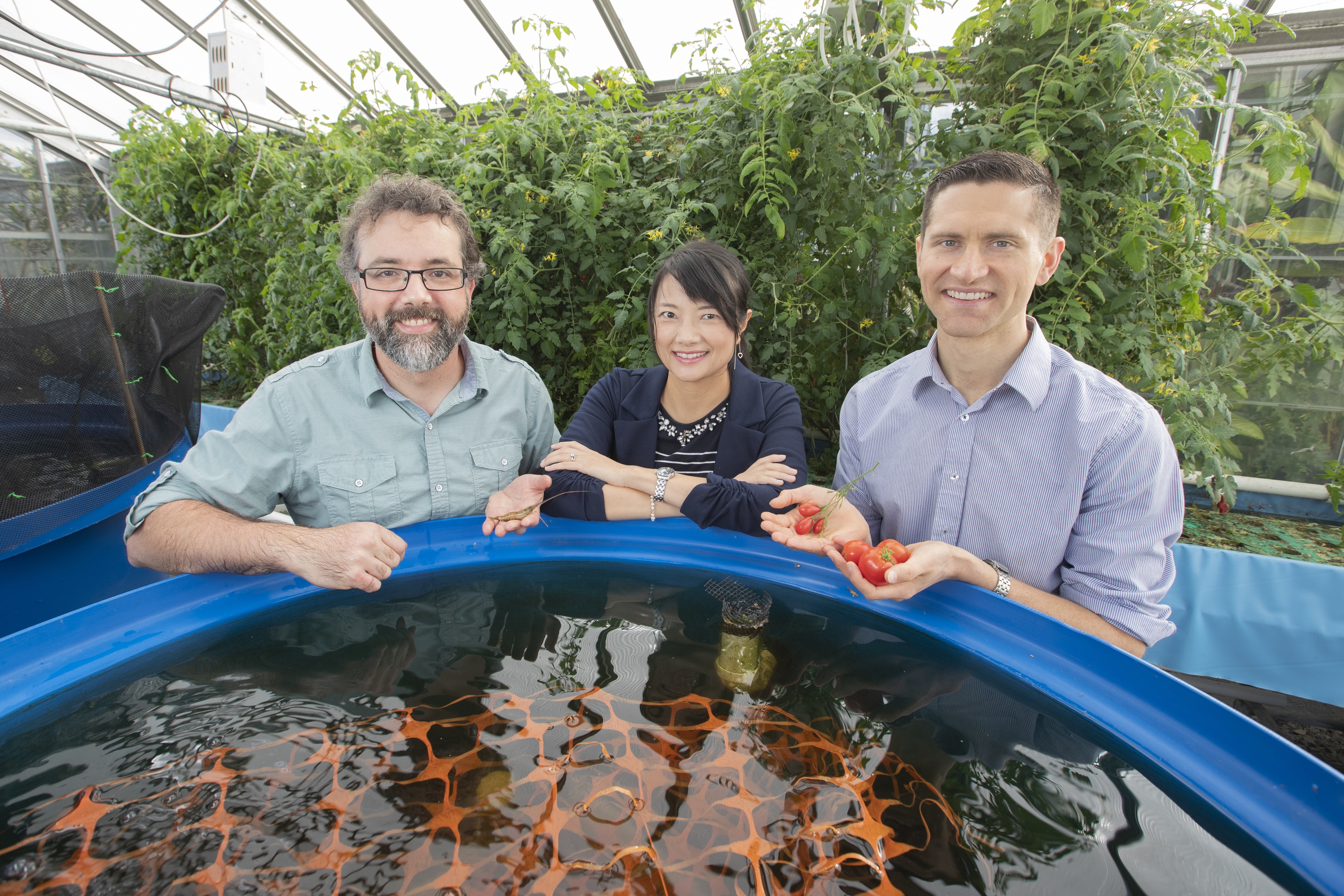Biological Learning Environment

The BGSU Department of Biological Sciences is housed in the Life Sciences Building, a 5-story, 120,000 square-foot research and teaching complex on the main campus of Bowling Green State University. Over 40 different laboratories equipped with a wide range of state-of-the-art instrumentation and equipment are located in the building. In addition to providing research opportunities for BGSU students, the labs offer unique and memorable experiences for local school groups and the community.
Educational workshops and tours of the Marine Lab, Herpetology Lab, and Greenhouse Complex are open to the public, however reservations are required prior to your visit. Tours are typically scheduled on Thursdays from 9:30-11:20 a.m., but other times may be arranged for smaller groups. Plan your visit today!
To make a reservation, contact Dr. Matthew Partin at partim@bgsu.edu or 419-372-2058.
The Marine Biology Lab is a 1,500 square-foot facility which contains over 4,000 gallons of seawater in over 60 aquaria. It includes a 500-gallon touch tank and over 2,000 gallons of coral systems, as well as anemones, starfish, sea urchins, snails, crabs, octopus, algae, and a wide variety of freshwater and marine fish. Educational workshops on various marine topics are available.


The Herpetology Lab hosts a collection of over 25 species of native and exotic reptiles and amphibians, including bearded dragons, chameleons, New Caledonian geckos, green tree pythons, Kenyan sand boas, American toads, and an Axolotl. The lab offers up-close-and-personal demonstrations and educational programs on animal behavior, environmental adaptations, biological diversity, and proper care and breeding practices.

The Greenhouse Complex consists of four greenhouses containing research projects and teaching collections. Highlights include a desert area and tropical floor planting, which includes bananas, ferns, cycads, epiphytes, and a variety of orchids. Guided exploration of plants on display illustrate the different adaptations of species to various pollinators, herbivores, and environmental conditions. Another highlight of the greenhouse complex is the aquaponics research area, which focuses on a sustainable farming method that combines aquaculture and hydroponics. This method harnesses the symbiotic relationship between aquatic animals and plants.
Things to know when planning your visit:
The individual labs at BGSU are fairly small. To ensure safety and ample learning opportunities for everyone, schools are broken into small groups. The “Marine Lab and Herpetology Only” tour can accommodate two groups of 30 (60 max). Schools interested in viewing all of the BGSU Biological Learning Environment facilities must be divided into four groups of 20 (80 max). For very large groups (up to 120 students), a more complex schedule may be used, however, bringing half of your group on two subsequent weeks is preferred. One chaperon is recommended for every 15 students. We recommend incorporating this field trip into your curriculum, so that your class focuses on biology before and after your visit.
Biology Lab Rules to share with your students prior to your visit:
- Please be quiet in the halls.
- No running. Floors may be wet!
- No tapping on aquarium glass. The sound and vibration of tapping will cause stress for the animals.
- Only handle animals selected by lab assistants.
- Do not grab the tails of reptiles, horseshoe crabs, or rays. Be gentle.
- Stay with your chaperone at all times.
We look forward to your visit!
Updated: 10/03/2024 08:06AM
